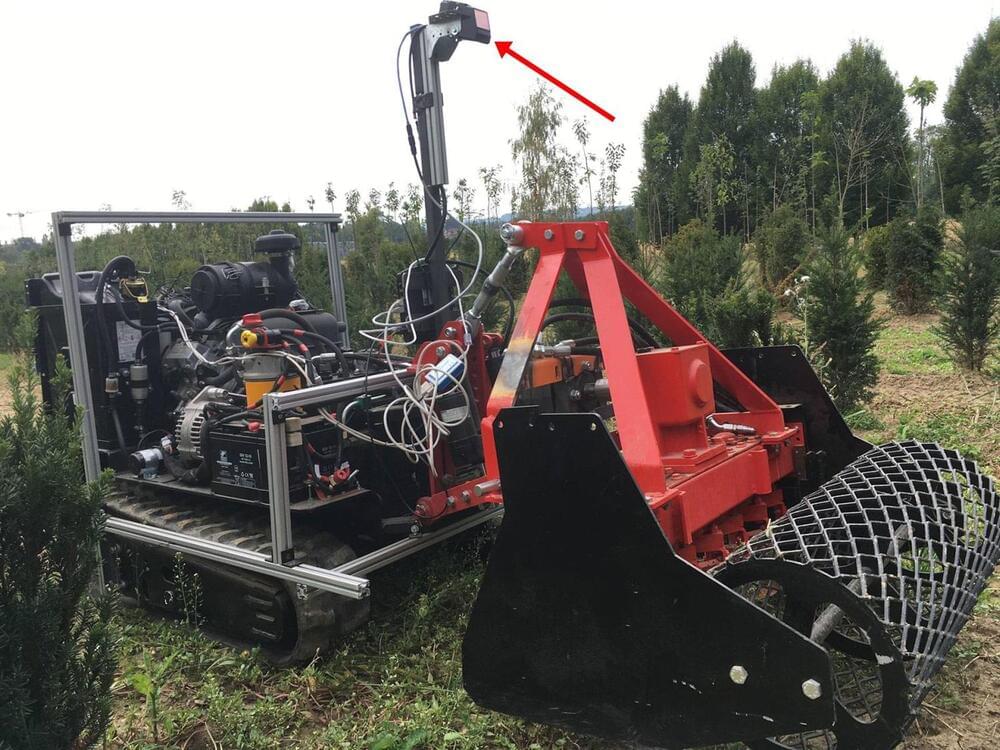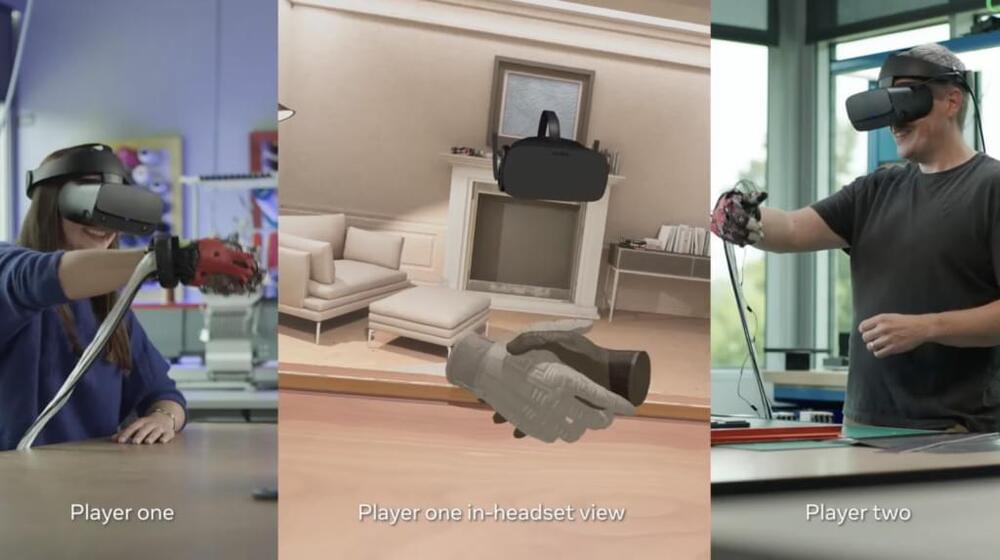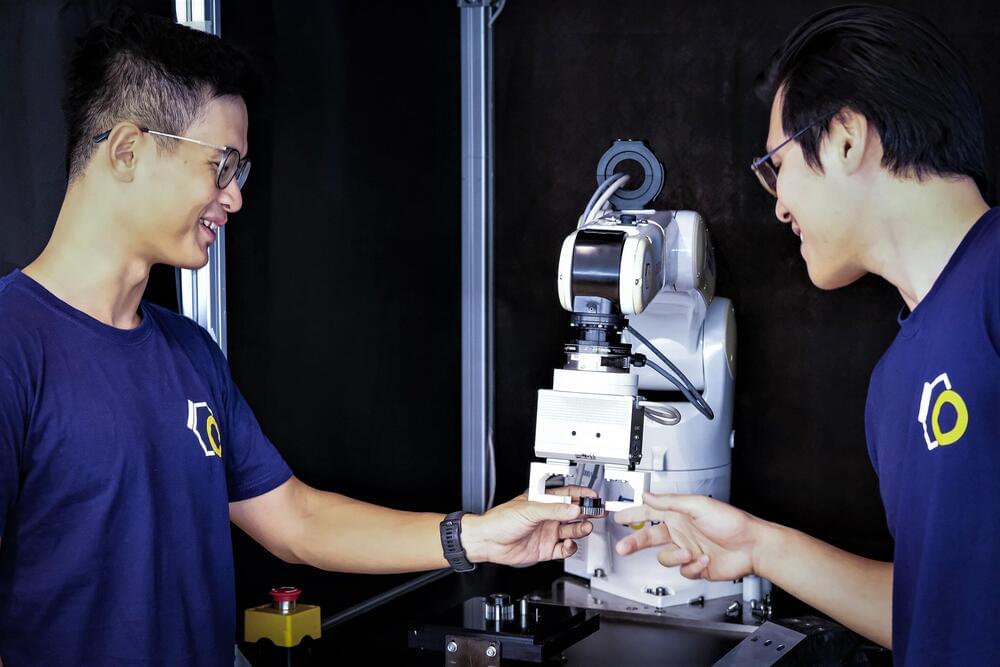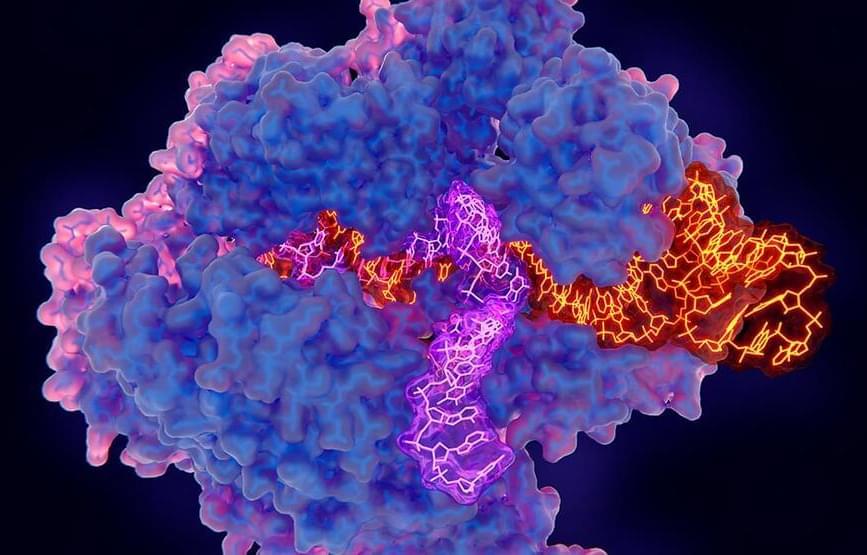Engie and Macquarie to build 150MW one hour battery at site of shuttered Hazelwood coal generator.
French energy giant Engie and Macquarie’s Green Investment Group are to jointly fund the construction of a 150MW/150MWh big battery at the site of the now closed Hazelwood brown coal generator.
The announcement, which comes four years after Engie closed what was Australia’s dirtiest power station, continues the trend of using the sites of closed or ageing coal and gas plants to build battery storage to support the switch to 100 per cent renewables.
Construction has already begun on the Hazelwood Battery, which will be built and maintained over a 20-year period by US-based Fluence, using – for the first time in Australia – its sixth-generation Gridstack product and its AI-enabled bidding system.









